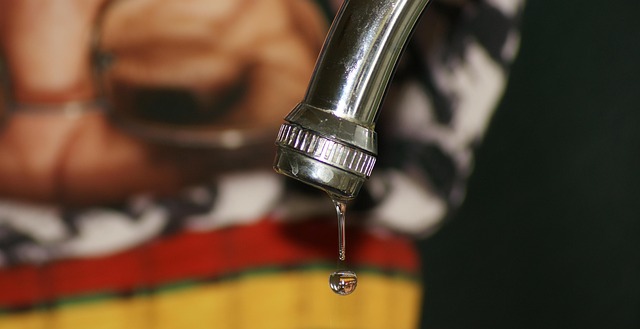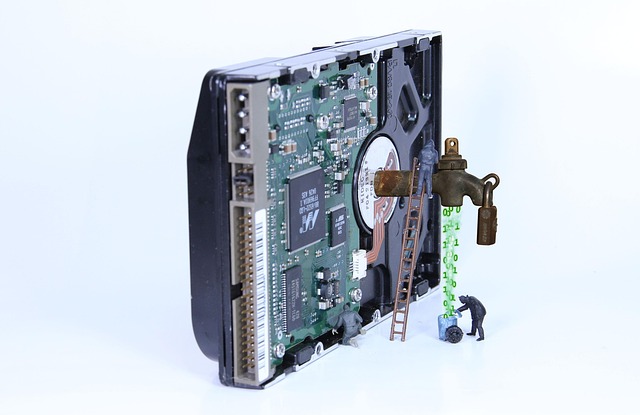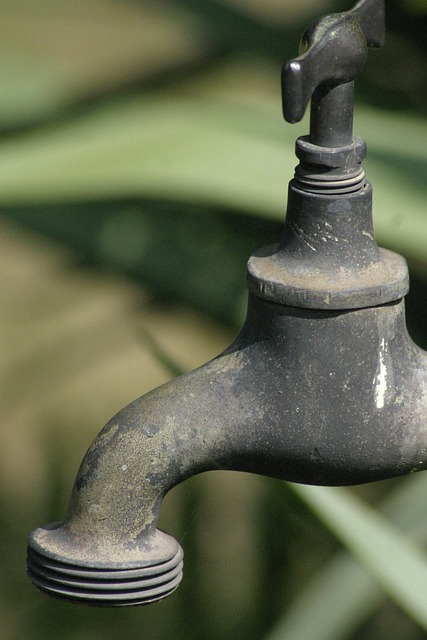Leak detection is a crucial home maintenance practice that prevents extensive water damage. Common leak sources include outdated pipes, faulty bathroom fixtures, appliances, and structural areas like roofs and floors. Regular checks for visual signs like discolored patches, mold growth, or warped walls are essential. Modern tools like smart meters and thermal imaging cameras aid in efficient detection. Prompt action by professionals is vital to address hidden leaks and avoid costly repairs. Homeowners can also prevent leaks through regular inspections, insulation, swift repairs, and proper drainage. Insurance coverage for leaks should be understood, with documented evidence simplifying claims processes. Regular maintenance, including moisture checks and sensor installation, enhances leak detection and protects homes.
“Staying ahead of leaks is crucial for homeowners, as timely detection can save hundreds—even thousands—in repair costs. This comprehensive guide, ‘Leak Detection for Homeowners’, equips you with the knowledge to identify common sources, understand the importance of prompt action, and recognize visual signs. From understanding advanced tools and technologies to knowing when to call a professional, this article covers all aspects of leak detection. Learn about preventive measures, insurance claims, and regular maintenance tips to keep your home safe from leaks.”
Understanding Common Leak Sources in Your Home

Leak detection is a crucial aspect of home maintenance, as it helps to prevent significant water damage and associated costs. Understanding common leak sources is the first step in effective leak detection. Some of the most frequent areas where leaks occur include outdated or damaged pipes, especially in colder months when freezing temperatures can cause them to burst. Bathrooms are also prone to leaks due to faulty fixtures, such as toilets, faucets, and showerheads. In addition, appliances like water heaters, dishwashers, and washing machines can be sources of leaks if not properly maintained.
Furthermore, leaks often originate from roofs, especially in regions with frequent rainfall or snow. Damaged shingles or flashing can allow water to seep into the attic or ceilings below. Foundation walls and floors are other potential leak points, particularly in older homes where cracks can form due to shifting soil or structural issues. Window frames and doors also provide entry points for moisture if they are not sealed properly, leading to leaks that may go unnoticed until significant water accumulation occurs.
The Importance of Timely Leak Detection

Leak detection is a crucial aspect of home maintenance that often goes overlooked until significant damage has occurred. Timely leak detection is essential for homeowners to prevent extensive water damage and costly repairs. Leaks can start small, going unnoticed for weeks or even months, but they have the potential to escalate into major issues.
Regular check-ins and proactive measures can help catch leaks early. This includes periodic inspection of pipes, fixtures, and appliances for any signs of dripping or moisture. By addressing leaks promptly, homeowners can save hundreds—if not thousands—of dollars in restoration costs and avoid the hassle of dealing with damaged walls, ceilings, or floors.
Visual Signs You Might Spot on Your Own

Many leaks go unnoticed for long periods, but some visual signs can alert homeowners to potential problems. Keep an eye out for any visible water damage on walls, ceilings, or floors. Dark, discolored patches or bubbling paint are common indicators of a leak somewhere in your home. Check for mold growth, especially in damp areas like bathrooms and kitchens; it often appears as speckled stains or fuzzy textures.
Don’t ignore unexplained moisture buildup or water droplets on windowsills. Walls that bulge or floors with warping may suggest structural damage caused by persistent leaks. Regularly inspect your home’s plumbing fixtures for any signs of corrosion or water stains, especially around sinks, toilets, and appliances. These visual cues can be early warnings, prompting you to take proactive measures and call in professionals for leak detection before the problem escalates.
Tools and Technologies for Efficient Leak Finding

In the quest for efficient leak detection, homeowners now have a plethora of tools and technologies at their disposal. Traditional methods like visual inspection and listening for dripping sounds are still relevant, but modern technology has taken leak finding to new heights. One of the most popular advancements is the use of smart water meters that can detect even minor leaks by monitoring water usage patterns. These devices send real-time alerts to homeowners, allowing them to address issues promptly before they escalate.
Additionally, thermal imaging cameras have emerged as powerful tools for identifying leaks, especially behind walls and under floors. They visualize temperature differences, making it easy to spot areas where water has caused heat loss or gain. Combining these technologies with moisture detectors and remote sensing devices offers a comprehensive approach to leak detection, ensuring that every nook and cranny of a home is scrutinized.
When to Call a Professional Plumber or Rooter

If you suspect a leak in your home but aren’t sure where it’s coming from, it might be time to call in the experts. While DIY methods can help you narrow down potential sources, complex plumbing systems and hidden leaks often require professional equipment and knowledge to accurately identify. A qualified plumber or rooter has access to advanced tools for leak detection, including moisture meters, thermal imaging cameras, and pipe inspection cameras. These technologies allow them to detect leaks behind walls, under floors, or within intricate piping networks that are invisible to the naked eye.
Additionally, professionals can offer invaluable insights into the cause of a leak, ensuring it’s fixed properly and effectively. They have the training to handle various plumbing issues, from broken pipes and faulty fixtures to sewer line problems. Prompt action is crucial when dealing with leaks, as they can lead to extensive water damage and costly repairs if left unattended. So, don’t hesitate to reach out to a professional plumber or rooter for expert leak detection services.
Preventive Measures to Reduce Leak Risk

Preventing leaks is half the battle won for homeowners. Regular inspection and maintenance are key; check pipes, fittings, and appliances for any signs of damage or wear and tear. Insulating pipes against extreme temperatures can prevent freezing and subsequent bursts. Fixing leaks immediately when they occur is vital to avoid substantial water damage and high utility bills.
Additionally, installing water shut-off valves in strategic locations can help contain leaks swiftly. Using water-efficient appliances and fixtures reduces the overall strain on your plumbing system, decreasing leak risks. Ensuring proper drainage around your home’s foundation also plays a significant role in preventing underground leakages.
Insurance Claims: What You Need to Know

Leak detection is not just a home maintenance task but can also have significant implications for insurance claims. If you suspect a leak, it’s crucial to act swiftly as early intervention can prevent extensive water damage and costly repairs. Many homeowners’ insurance policies cover damage caused by leaks, but understanding your coverage is essential. Before filing a claim, check your policy details to know what’s covered and what’s not.
Insurance companies often require documented evidence of the leak, such as photos or reports from professionals who performed leak detection services. Keep records of all repair costs and communicate openly with your insurance provider. Promptly addressing leaks through professional leak detection can ensure smoother claims processes and help protect your investment in your home.
Maintenance Tips to Keep Your Home Safe

Regular maintenance is key in preventing water leaks and keeping your home safe from potential damage. Start by regularly inspecting your home for any signs of moisture or water stains on walls, ceilings, and floors. Check for loose or damaged shingles, gutters, and downspouts, as these can be common entry points for water.
Additionally, keep an eye out for unusual noises coming from pipes, such as banging or dripping sounds, which could indicate a leak. Insulate exposed pipes in colder months to prevent freezing and bursting. Regularly flush and clean your water heater to maintain its efficiency and reduce the risk of leaks. Lastly, consider installing moisture sensors in hard-to-reach areas or basements to detect leaks early on.
